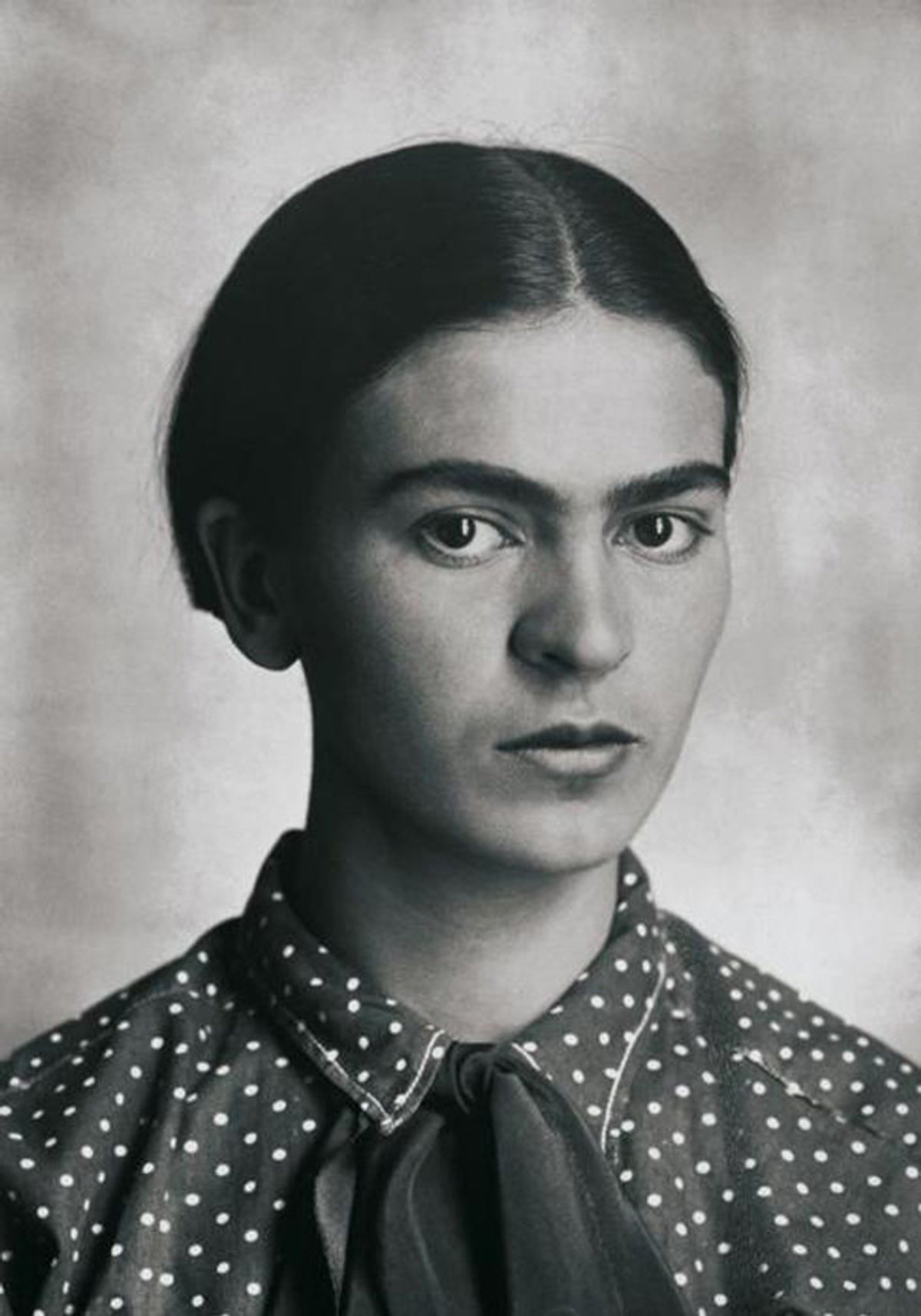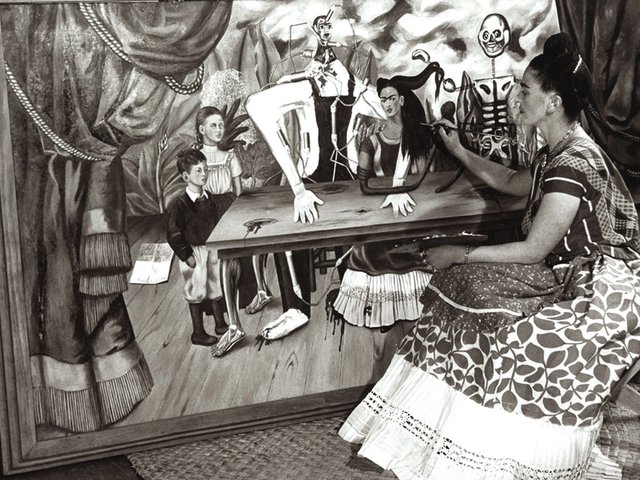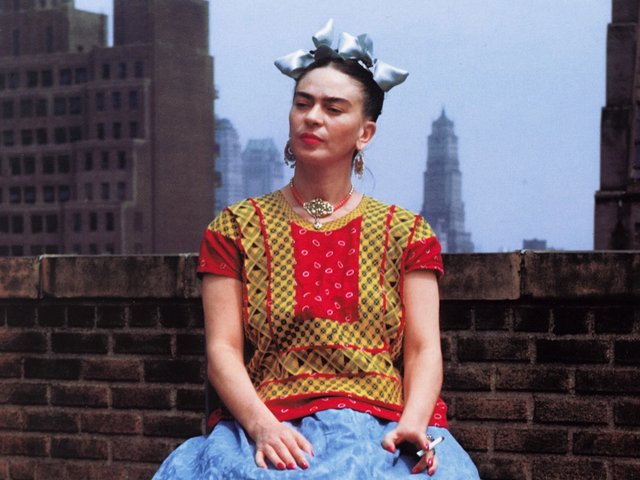More than 200 works by Frida Kahlo are available to view online during the coronavirus (Covid-19) pandemic in a vast digital exhibition organised by 33 museums and institutions including the San Francisco Museum of Modern Art and Nagoya City Art Museum. Faces of Frida, available on the Google Arts & Culture platform, enables viewers to zoom in on paintings and sketches by the late Mexican artist, and browse archival material such as letters and journals.
A section on the hidden meaning in Kahlo’s art focuses on the “rich symbolism” in her self-portraits and still-lifes, dating from 1951 to 1954. The “exposed fleshiness of the cut fruit” depicted in Still Life with Parrot and Flag (1951) alludes to sexuality and passion according to the author Rebecca Fulleylove.
Editorial features discuss aspects of Kahlo’s work and life, exploring for instance her impact on LGBTQ artists such as California-based Julio Salgado who says: “Her work is very relevant today because art is the way that we get to own our queer narratives. Whether it’s a painting, a film, a book, it is important that we challenge the ideas of who we are as queer people. Frida, and other queer artists of colour specifically, did this a long time ago and we must continue and honour that tradition.”
The historian Alejandro Rosas discusses how the artist’s work links to the Mexican Revolution. “When we talk about Frida Kahlo, the most common misconception is the association of her work with the Mexican Revolution. Nothing could be further from the truth: the essence of Frida does not come from the armed conflict, but rather the Mexico that emerged afterward,” he writes.
Google Arts & Culture, the not-for-profit segment of Google, was founded in 2011 as part of the Google Cultural Institute to digitise the works of art in museums. It has partnered with more than 1,500 museums and cultural institutions in 70 countries.





